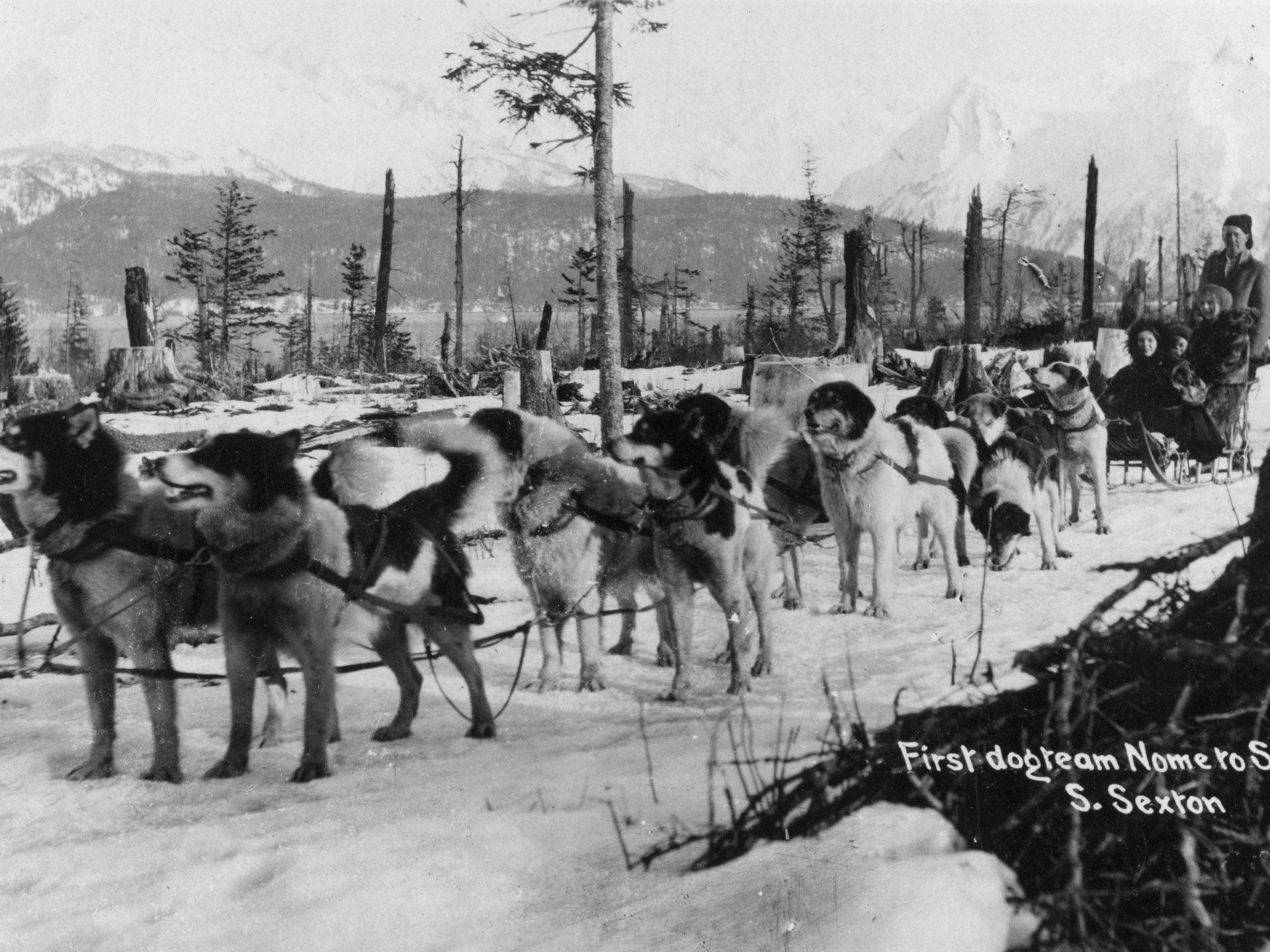Author: Unknown
Published on: 01/02/2025 | 00:00:00
AI Summary:
The rise in tonsillitis cases in Nome, Alaska – some of them fatal – already had Dr Curtis Welch worried. It could only be diphtheria, an ancient and gruesome bacteria which suffocated its victims by infesting their windpipes with mucus. In the 1890s, Emil von Behring developed an antitoxin using serum obtained from immune animals. Nome town councillor Mark Summers had come up with a plan to get the serum from Nenana to Nome. Summers believed that “the entire route could be covered by two fast dogsled teams”. The legendary Norwegian musher Leonhard Seppala had won multiple dog races and toppled several long-distance records. Alaska’s first winter flight had been completed the previous year only. Mayor Maynard found plenty of support for his aeroplane idea. Dan Sutherland, Alaska’s representative in Congress, had been working to bring aviation to the state. Thompson abandoned all objectivity when he penned the paper’s lead story. But the final decision would be made by one man only: Alaska’s Governor Scott C Bone. Bone decreed that the first 300,000 units would travel to Nome. Poorly maintained trails which had become impassable forced Shannon to travel on the frozen Tanana River. At 3am, after 30 miles (48km) on the trail, he reached a roadhouse belonging to one Johnny Campbell. The thermometer outside the door read -62F (-52C) At 11 the next morning, thanks to the heroic efforts of his six remaining dogs, Shannon finally reached Tolovana. Leonhard Seppala, newly arrived from Nome, took over on the evening of January 31, Nome was just 169 miles (272km) away. The most treacherous section of the trail lay ahead, and the weather had just taken a turn for the worse. Seppala would have to decide whether to attempt a nocturnal crossing of the Norton Sound. The Race to Nome was written by Kenneth Ungermann in 1963. The journey was brutal – the dogs slipped and sometimes fell. After feeding his dogs a mix of salmon and seal blubber, Seppala retreated into the roadhouse to warm himself, and the serum, up. Telephone calls were made to Gunnar Kaasen and Charlie Rohn. Olson was already on the trail by this time. The mushers ordered them to wait till conditions improved. A few miles later, the trail changed direction and suddenly Kaasen had the wind at his back. After 32 miles (51km), when he reached Port Safety at 3am, Rohn had gone to sleep. But waiting for him to hitch his dogs would delay the serum’s arrival in Nome. By 11am, the antitoxin had thawed and was ready for use. Governor Bone ordered half of the units be sent by dog relay and half by plane. Mayor Maynard had just been quoted in The Washington Post accusing the governor of “stand[ing] idly by while our people suffer and die” The mechanics of the Fairbanks Aviation Company could not get any of their planes to start and the 550,000 units of antitoxin sent by the dog team would prove to be Nome’s ultimate saviour. Kaasen and Balto even appeared in 1925, 20-minute Hollywood remake of the adventure. The statue of Balto erected in New York’s Central Park remains a popular tourist attraction. Seppala would go on to become a hero in his own right. Jonathan Hayes and a team of 16 “Seppala Siberian” sledge dogs will be re-enacting the original serum run from Nenana to Nome. This year’s edition kicks off on March 1 in Anchorage and will last until March 16. The team will cover the whole run themselves – safely.
Original: 3619 words
Summary: 623 words
Percent reduction: 82.79%

